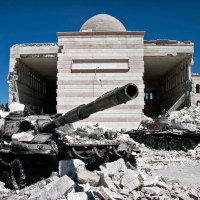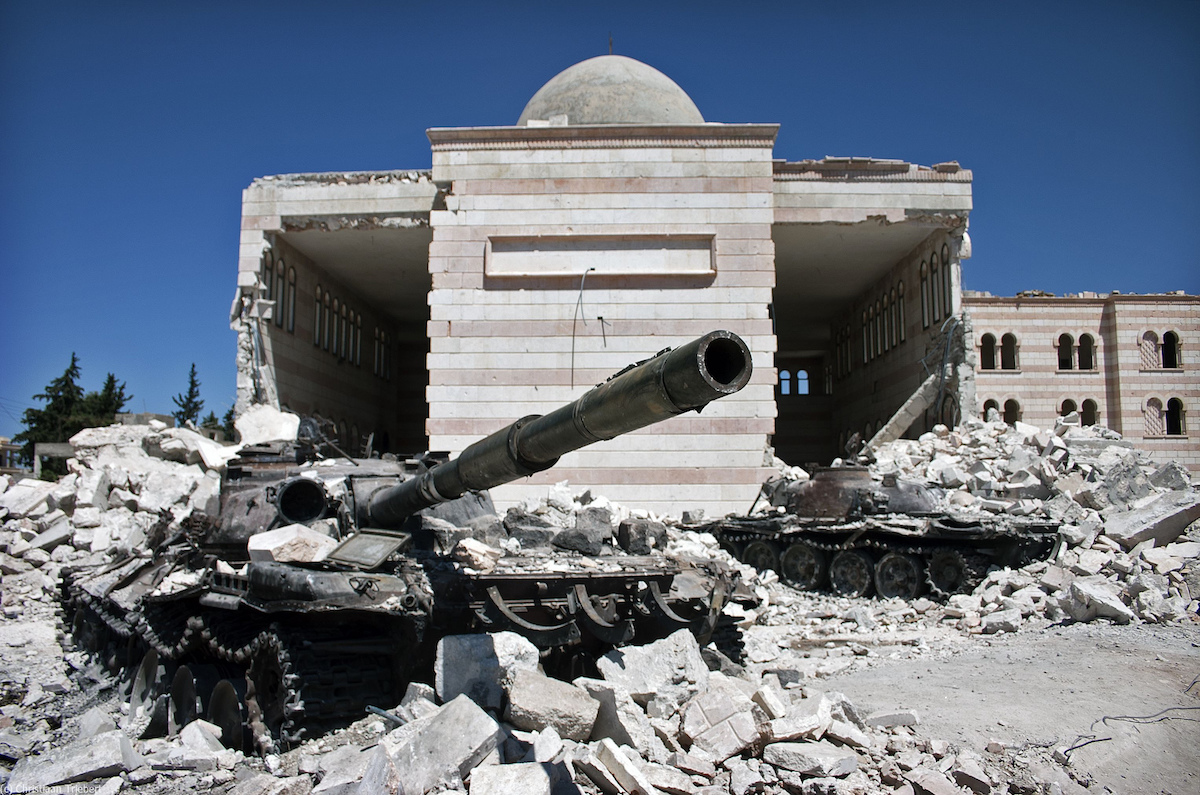We’ve all heard the heartbreaking stories coming out of Syria. We were reminded of one of them during Sunday’s presidential debate, when moderator Martha Raddatz brought up five-year-old Omran Daqneesh, the little boy who was pulled from the rubble in Aleppo.
“But there are much worse images coming out of Aleppo every day,” Raddatz told candidates Donald Trump and Hillary Clinton. “In the past few weeks alone, 400 people have been killed, at least 100 of them children.”
Syria is overwhelming.
It’s hard to get our heads around the sheer amount of devastation—the number of people killed, the number displaced. It’s hard to keep up with who is fighting who, and how it all started.
As the world wrestles with the same question put to both candidates last night—what would you do about Syria?—here are five things you need to know about the ancient, diverse, war-ravaged country…
1. Is Syria a Muslim country?
Broadly speaking, yes. Nearly 90% of the Syrian population identifies as Muslim. The vast majority are Sunni (70%), the balance are Shia—including a branch called Alawite, to which Syria’s president, Bashar al-Assad, belongs.
The rest of the population is made up of Christians, Druze, and a handful of smaller faith groups.
2. How long has Syria been at war?
The short answer is five years. The long answer—well, it’s complicated. There are functionally three separate wars happening in Syria, with dozens of armies and militias present, as well as a number of outside countries intervening:
- Civil war between the government and opposition groups, starting in 2011
Syrians had been living under a state of emergency since 1963, and for many, the tight restrictions chaffed. On the heels of the Arab Spring, a series of demonstrations in other countries in the region, protests began in Syria’s capital, Damascus. Government forces moved swiftly to put down the demonstrations, and a civil war began. President Assad’s goal has been to stay in power, reinforce control, and eliminate opposition groups. These groups—of which there are many, each with their own goals—are unified in their desire to oust Assad from power and usher in change. - Kurds in Syria, focused on establishing an autonomous Kurdish area within Syria
The Kurds, a minority group within Syria, began to see their rights stripped away in the 1960s—including those of language, employment, and citizenship. In early 2011, they held a public day of lament despite the fact that all assemblies in Syria were illegal at the time. The Kurdish leader was killed by government forces during the event, several mourners were killed at his funeral. These events triggered an uprising that continues to this day. Kurdish militias share some of the same goals as some other opposition groups, but they are focussed on creating their own autonomous region within Syria and establishing their civil rights. - ISIS, taking advantage of the chaos
Though they wouldn’t formally adopt the name ISIS for some time, the militant group quickly seized on the civil war to send their own members into the country. By 2013, they began capturing territory, in keeping with their mission to establish an Islamic caliphate stretching between Syria and Iraq. Despite heavy losses recently in Libya and Iraq, ISIS continues their war to maintain territory in Syria.
3. Why don’t Syria’s neighbors take more refugees?
They have taken refugees. Lots of them.



The Syrian refugee population is fluid, so exact numbers are difficult to determine. But around 11 million people have fled their homes—half of Syria’s entire population. Of those, 5 million have fled the country altogether, and around 90 percent of these families have taken refuge in neighboring countries:
- Turkey
2.7 million Syrian refugees - Lebanon
1.1 million Syrian refugees (they make up 20% of Lebanon’s total population!) - Jordan
650,000 Syrian refugees - Iraq
250,000 Syrian refugees (in addition to the 3 million+ Iraqi citizens displaced inside their own country because of war) - Egypt
100,000 Syrian refugees
To lend some context to these numbers, the United States has accepted roughly 12,000 Syrian refugees since the start of the war. Canada has resettled just over 31,000 as of late September. Other high-income countries, including Russia, Japan, and South Korea, reportedly haven’t admitted any Syrian refugees for resettlement.
The politics of refugee resettlement are complex and often divisive, as the recent US presidential debates have shown. A crisis of this magnitude resists simple answers. But one thing is clear: Syria’s neighbors have absorbed a jaw-dropping number of displaced families.
4. What did Syria look like before the war?

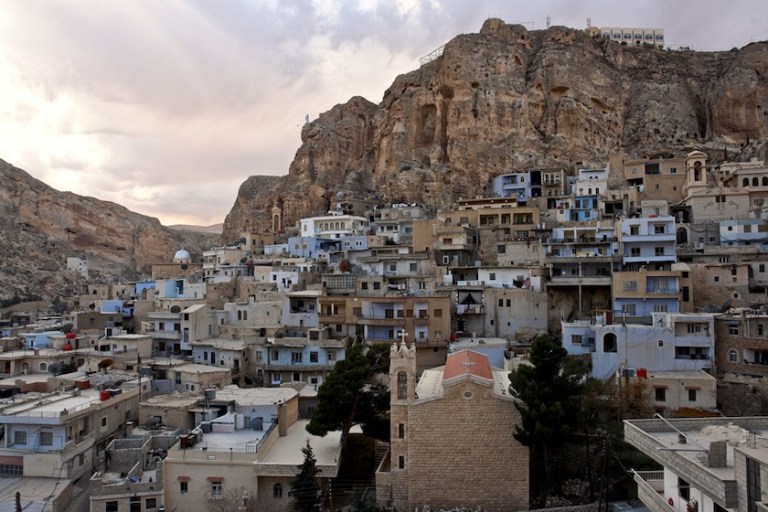
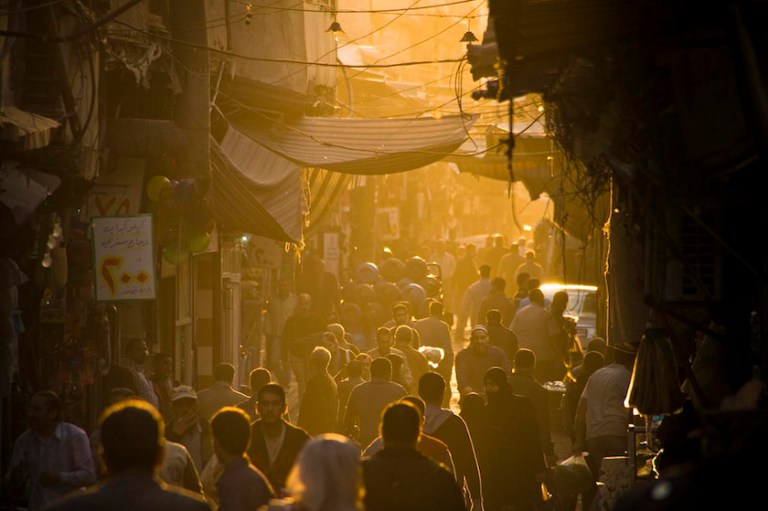
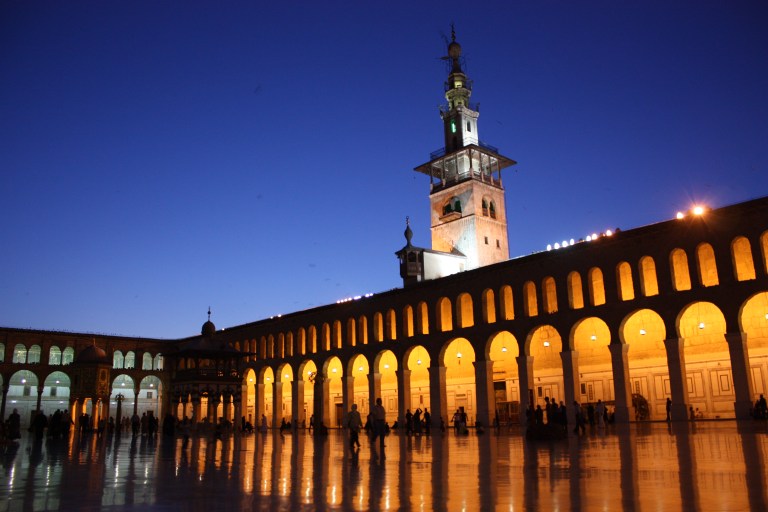
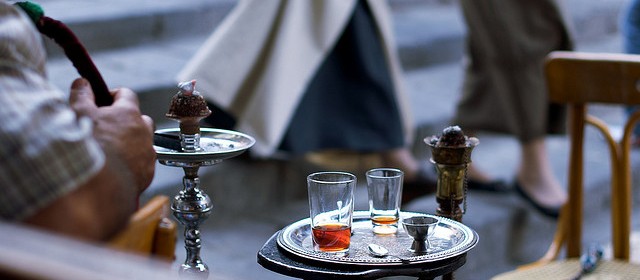

5. Why does Syria matter?
There are, of course, political reasons why Syria matters. The world is highly connected. Further violence in Syria can trigger instability in other Middle Eastern countries. Syria has become a remote battlefield on which other countries act out their aggressions—the United States versus Russia, for example. Also, Syrian opposition groups who see no future in Syria are vulnerable to further extremism—the worse things get, the more joining ISIS may look like a viable option to them.
But in the end, Syria matters because Syrians matter. Their lives and their dignity matter. The Syrian parents who want nothing more than to see their children grow up—they matter.
And that should be enough.

(Banner image: Azaz, Syria. 2012. By Christiaan Triebert)

